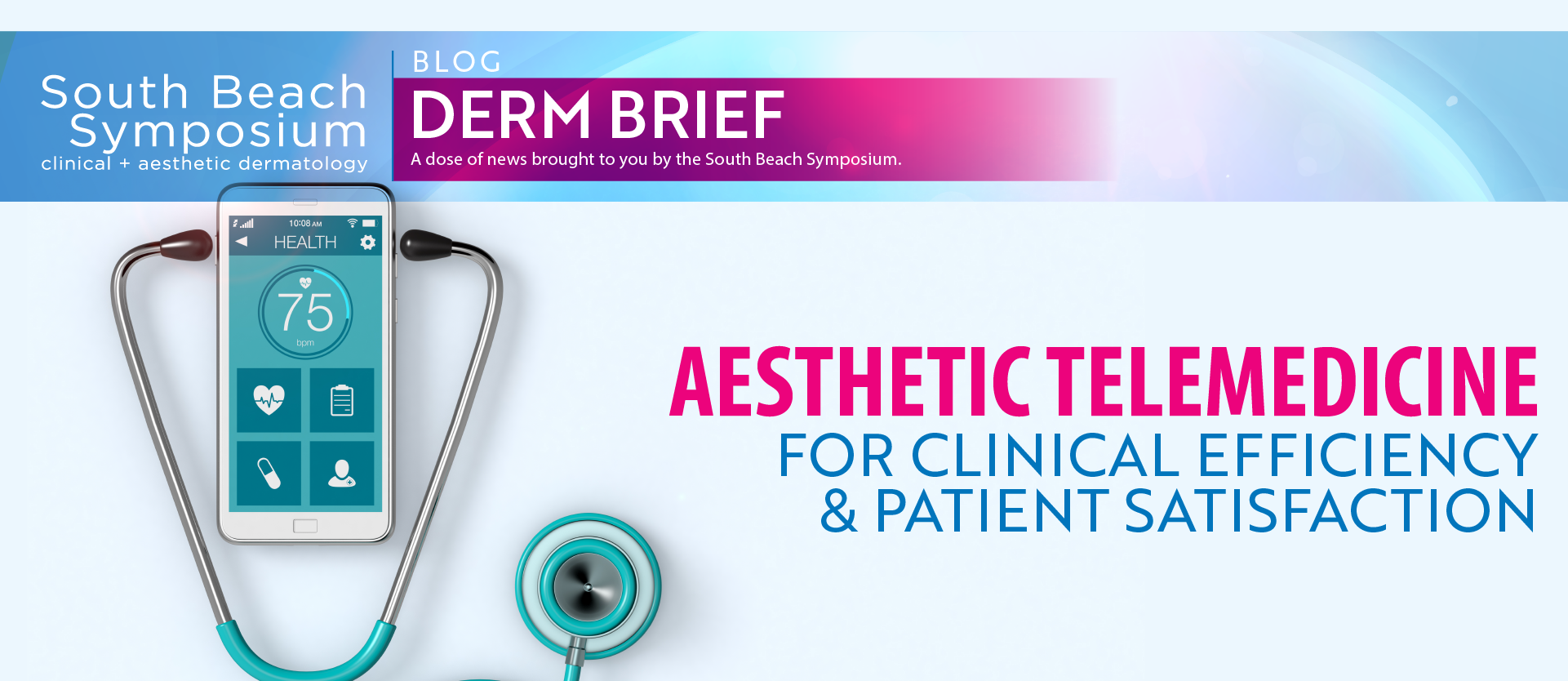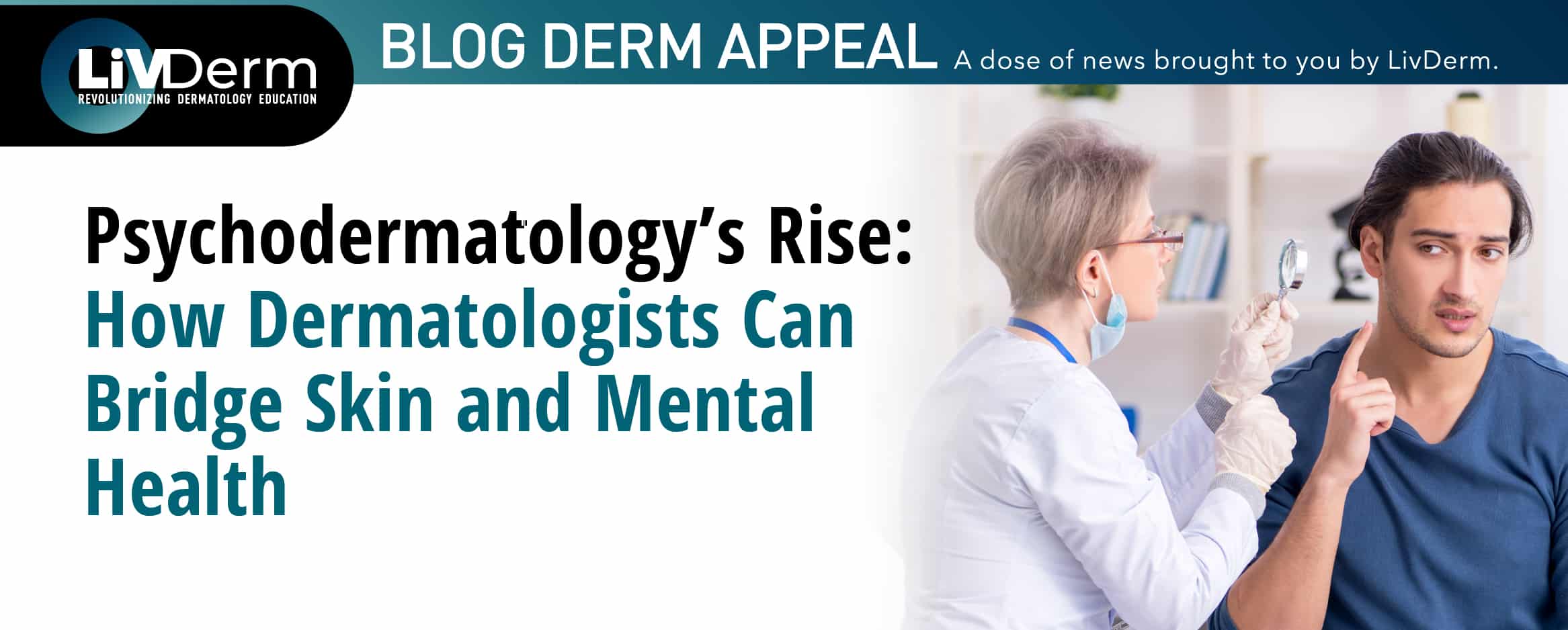The emergence of a digitized dermatological practice within the last decade has been both a solution to issues with the accessibility of care and an improvement of the patient-provider experience. The practice of telemedicine can range from online consultations with patients to AI-assisted skin cancer detection algorithms; its primary focus is on delivering medical information and providing a platform for discussion between providers and patients via electronic communication. By reducing the amount of in-person office visits and increasing provider reach, telemedicine has allowed for the streamlining of patient care.
Telemedicine can prove especially useful in the case of postoperative visits, which have a significant burden on the time of both patients and clinicians. In an effort to optimize efficiency and improve patient satisfaction, many practices have begun to shift their post-operative care model to encompass the option of virtual visits. New research published in Plastic and Reconstructive Surgery implicates that the use of a telehealth workflow may increase clinical efficiency and patient satisfaction by allowing for real-time clinical decision-making while reducing time commitment and associated costs.
Improving Clinical Efficiency and Patient Satisfaction
Led by plastic and reconstructive surgeon at Dartmouth-Hitchcock Medical Center Dr. John F. Nigriny, a team of researchers developed a testable workflow for patients in the postoperative telehealth setting. Using quality improvement methods proven effective in the business sector – the Lean Six Sigma framework – the authors optimized clinical efficiency for remote follow-up evaluations and included cellular phone network requirements of at least 2nd generation technology, as well as a secure, encrypted videoconferencing system.
Dr. Nigriny and his colleagues evaluated 72 reconstructive patients who had telemedicine evaluations as part of their postoperative care. Patients in the cohort lived in rural areas of New Hampshire or Vermont, reporting an average travel time between 30 and 60 minutes to the medical center. As part of the trial, they were asked to complete a preoperative survey – which sought to determine travel distance, level of comfort with technology, access to the internet and video-enabled devices, as well as the patient’s interest in telemedicine. A postoperative survey measured patient satisfaction with the experience after the telemedicine session.
A visiting nurse with a specialty certification in wound care traveled to each patient’s home on the day of the telemedicine sessions. The nurse performed hands-on tasks, such as changing dressings and removing sutures and used an iPad to enable visual examination and communication between the plastic surgeon and patient.
Benefits of the Telehealth Workflow
Data from the preoperative surveys revealed that the majority of patients (73%) preferred traditional in-person follow-up visits. Younger patients were more likely to report being comfortable with telemedicine technology. Results also revealed that half of the patients treated at the plastic surgery department had to travel a minimum of 30 minutes for clinic visits.
Although there was initial hesitation, the postoperative survey results revealed that nearly 100% of patients were satisfied with their telehealth session. Up to 96% of patients responded that they were able to get their questions answered and 97% said they would use telehealth again for future follow-up care.
Adopting the telehealth workflow could prove beneficial to medical practices as well as its providers, increasing both productivity and patient satisfaction. “The model could be used in aesthetic medicine for consultations and other appointments, potentially offering the same benefits with patient and provider satisfaction,” Dr. Nigriny told Dermatology Times. By enabling real-time clinical decision-making and providing patients and visiting nurses with direct access to physicians, the model decreases patient transportation needs and wait times, which adversely affect their experience.
Although the recent study focused on postoperative care, the researchers’ ultimate goal is to begin using the telemedicine workflow for consultative services as well. Advantages of this model include reduced costs, no brick-and-mortar office requirement, increased mobility, and no need for employing administrative staff. However, barriers to adoption still remain. Issues with payment systems and insurance considerations as well as a host of novel liabilities to navigate can deter clinicians from adopting the virtual model.
As technology continues to evolve, innovative methods – such as virtual touch integration – allowed for improved internet bandwidth and software and hardware advancements will likely grow the telemedicine model even further. Aesthetic medicine practitioners hoping to increase their clinical efficiency, reduce costs, and improve patient satisfaction may consider integrating virtual visits into their service offering as demand grows.
















